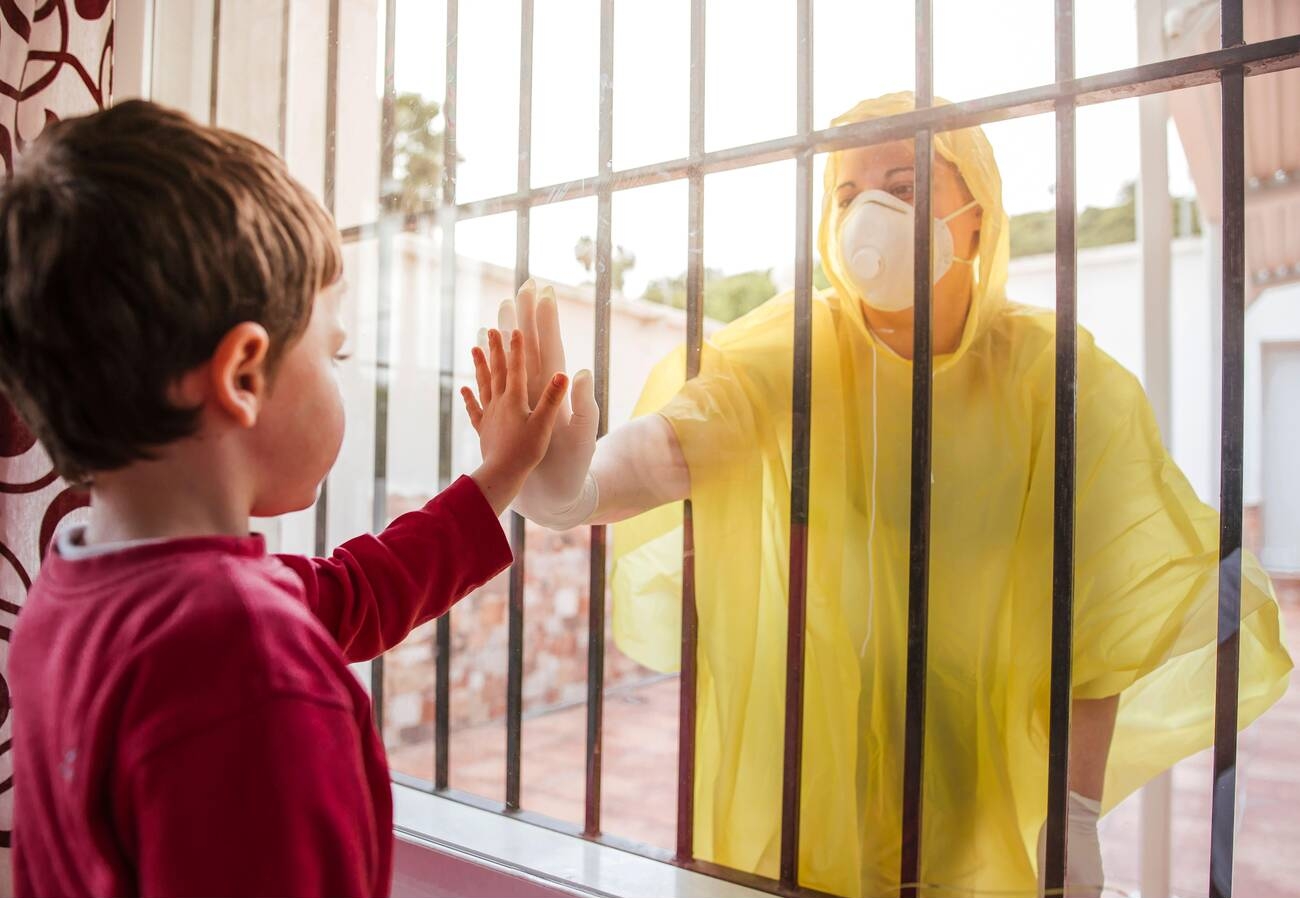EPILEPSY
Epilepsy, a little-known disease that is scary
It has all happened to us at least once in our life to be confronted with an epileptic seizure, either as a spectator or as a patient. If you haven’t already, it will certainly happen to you one day or another. Indeed, epilepsy affects 600,000 people in France and is the second neurological disease behind Alzheimer’s disease. Generally, these episodes can be quite overwhelming because the person having the seizure no longer controls their movements. Focus on the causes, the triggering factors and especially the psychological impact of epilepsy.
1)Forms of epilepsy
There are several forms of epilepsy and generally the best known are those associated with seizures. Epilepsy is manifested by neurological activity reaching its climax in one or more areas of the brain, resulting in loss of control of movements and sometimes the state of consciousness. An epileptic seizure can happen at any age. Patients respect a bimodal curve (in U): the most frequent moments of onset of seizures will be during childhood (genetic diseases, difficult childbirth, etc.) and from the age of 65 due to normal aging or neurodegenerative diseases . It is possible to observe stability in adulthood.
What to do during and after an epileptic seizure?
Generally, the first epileptic seizure is scary, it happens suddenly and whether it is the patient or the entourage, no one is prepared for it.
During the convulsion phase, you must remove any object that could be dangerous for the person having the seizure, protect your head by putting a cushion or a jacket under your head, for example, remove your glasses and also protect yourself as a as a witness to the crisis because the one who is having convulsions could make a sudden gesture and give a blow.
Once the convulsions have stopped, it is recommended to place the person who has just had a seizure in the lateral safety position (PLS) and to ensure that the airways are clear by raising their head slightly and opening the cervix. his shirt for example. If you witness the crisis, do not try to put your fingers in the mouth of the person on the ground, they cannot swallow their tongue and it can be dangerous to put an object or a hand in their mouth.
At the same time, it will be necessary to call the emergency services, trying to give as much information as possible on the telephone or once there, which will help the medical profession to be able to make the correct diagnosis (duration of the crisis, convulsions or not, loss of consciousness or not, loss of urine or not…).
The person will be taken to the emergency room, especially if the crisis is convulsive. An MRI will be done and the medical profession will investigate the course, the development and the daily life of the patient in order to determine the possible triggers of the crisis. This visit to the emergency room must be followed by a consultation with a neurologist who will recommend a complete assessment in order to diagnose the form of epilepsy and decide whether or not to start drug treatment. This first consultation with a neurologist is essential and completes the diagnosis made by an emergency doctor or general practitioner.
Drug treatment may be suggested to reassure the patient or to anticipate new crises. It takes at least 3 months to get feedback on the treatment and its dosage. You will then need a follow-up appointment at least once a year with a neurologist, ideally every 6 months. After consultation with the neurologist doctor, the patient should allow himself 2 years to see if, with the treatment, there are seizures or not. Then, a reduction in treatment will be logically possible. There is no need to want to change treatment even after several years if the patient feels he has a good quality of life. The question of a change of treatment generally arises in the woman who wishes to have a child.
2) The impact on the psychological sphere and the daily life of the epileptic person
It is important to distinguish newly diagnosed epilepsy from drug-resistant epilepsy.
What can cause an epileptic seizure? Here it is necessary to distinguish the cause from the provoking factor.
The cause could be a brain abnormality for example, a genetic abnormality or a very specific cause related to a situation (eg severe dehydration) called situational epilepsy.
A provoking factor could be a chronic lack of sleep, alcohol withdrawal or heavy alcohol intake, stress… A poor lifestyle does not necessarily lead to an epileptic attack, but when you have epilepsy, you have to have a healthy lifestyle.
For drug-resistant epilepsies, there is also epilepsy surgery. To be eligible, you must have partial epilepsy, a well-defined area of epilepsy and that this area has no impact on essential functions (motor, language, etc.).
For all situations, professionals give advice and they are not there to forbid the patient anything. These are recommendations to facilitate the daily life and quality of life of the person with epilepsy. To do this, as patients, you should not hesitate to give as much information as possible to the professional who follows you in order to consider together the best solutions to improve your quality of life. Of course, the age of the patient is important. The people seen in consultation do not have the same obligations in life whether they are children, adolescents or adults, so it is important to share your concerns about the current and upcoming situation with the professional who is required to follow you. .
Epilepsy has psychological repercussions. The patient feels a sense of vulnerability because he lives with the fear of a new crisis at any time. He must also consider whether he should tell his friends, colleagues or employer about his epilepsy. Depending on the form of epilepsy that the person has, it is more or less easy to tell others about it. The patient is free to talk to whomever they want. It is quite understandable that the patient does not want to talk about his illness, it is something that affects intimacy and it is normal to wonder if he really wants everyone to know his weak point.
Epilepsy can also very quickly marginalize because certain activities will not be recommended for the patient, such as swimming, climbing or driving. Which can be very difficult to accept as a teenager or young adult. It can also have a negative impact on romantic relationships, which will feed a feeling of lack of self-confidence for the patient. In serious but unfortunately frequent cases, the epileptic patient will tend to present a depression more easily because of the negative consequences on the psychological sphere.
The person with epilepsy and those around them must be reassured. If possible, we should also raise awareness about epilepsy among the people with whom the epileptic patient interacts. Explain the disease and above all make it clear that the person living with epilepsy is not just about their epilepsy.





